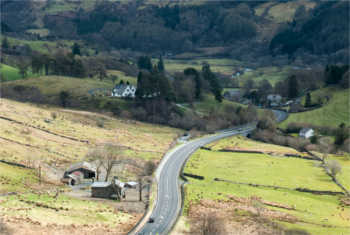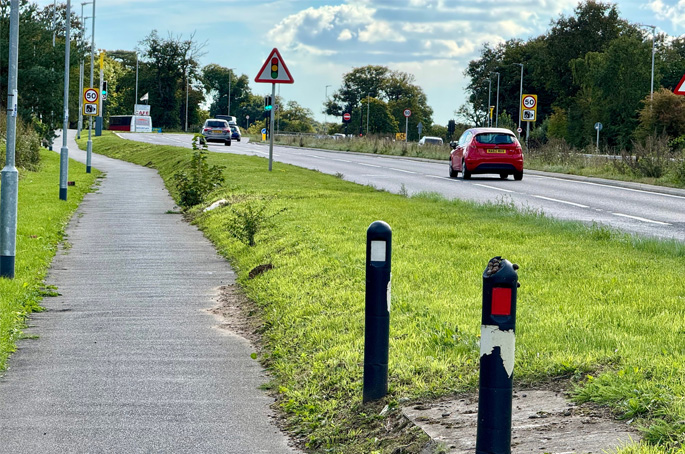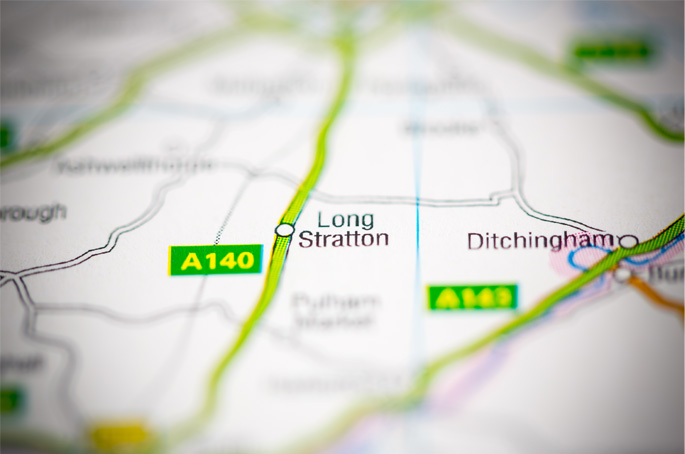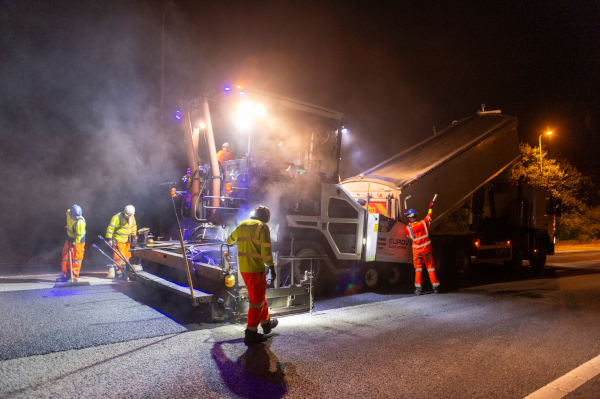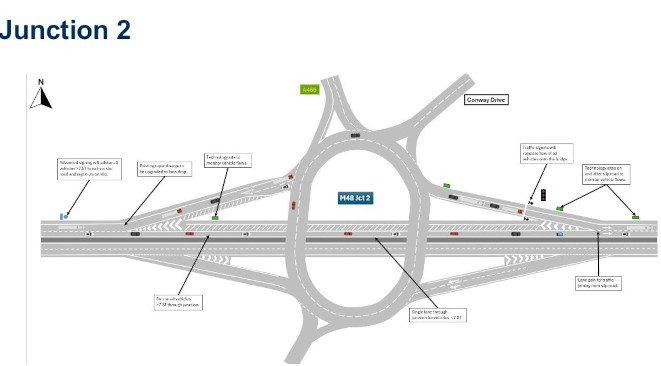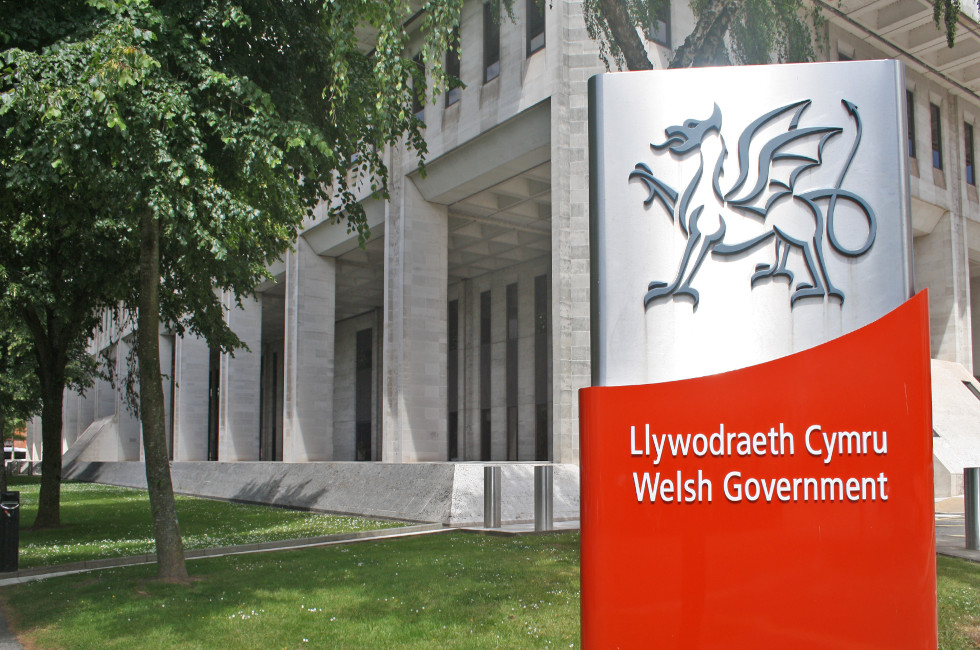The Welsh Government has announced a programme to turn urban and rural highways into ‘attractive' gateways, particularly for visitors who have just crossed the border with England. Transport Scotland is applying similar principles when improving key trunk roads.
It is no coincidence that tourism accounts for a major share of economic activity in Wales and Scotland (a larger share than in England). Both are famed for their breathtaking landscapes. However over the last six decades road design has tended to use standardised materials and techniques, diluting the visitor's sense of being in a different environment.
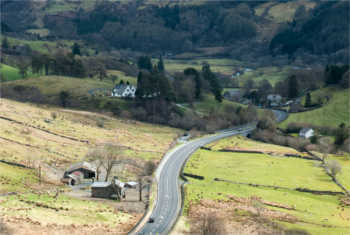
The five-year programme for Welsh trunk roads will identify opportunities to ‘enhance a sense of place'. This could include providing boundary features to match those found in the local area, such as slate fences, hedges or ‘cloddiau' (traditional hedgerows, often on low embankments), or using tree planting to reflect locations or specific cultural references.
This is not entirely new. When the A470 was widened and straightened in Snowdonia national park 20 years ago, walls were constructed from local slate slabs – as used in the era when highways contractors exploited whatever suitable materials were close at hand. After years of weathering, the new infrastructure is now indistinguishable from the old.
Whereas this treatment was reserved for new construction in particularly sensitive landscapes, the five-year programme will roll out the concept, primarily along existing highways.
The Welsh Government will use tree planting to improve the structure and age range of the planted roadside land. In rural areas, native species – such as oak, mountain ash, holly and hazel – will be used. In urban areas, ornamental tree varieties may be planted. Measures to increase roadsides' biodiversity could include introducing wildflower areas.
This financial year, work will commence along the A487, A470 and A55, which the Government promotes to tourists as the ‘Wales Way'. Other priorities include the entrances to Wales along the M4, M48, A483, A5 and A494. In subsequent years the programme will address other gateway routes and strategic sites, for example in cities and principal towns.
Welsh transport secretary Ken Skates said: ‘We will seek opportunities to investigate and implement nature-based solutions such as using vegetated systems for sustainable drainage, or tree and shrub planting for earthworks stabilisation, in both the design of new road infrastructure projects and along the existing network.'
The programme was applauded by Knight Architects, which has a long track record of working to improve the aesthetics of highways and, more recently, HS2.
It has advised the Welsh Government on plans for a third bridge over the beautiful Menai Strait. Director Martin Knight told Highways: ‘The appearance of highways can undoubtedly and powerfully influence visitors' perceptions of different areas and it is important that the characteristics which define, or defined, these areas – whether natural, agricultural or industrial – are emphasised and communicated in a positive way.'
Some highways assets, such as the Menai Suspension Bridge, are visitor attractions in their own right. ‘Wales has many examples of beautiful infrastructure which was designed in harmony with its setting and which has now come to define the very sense of place that tourism is based upon,' said Mr Knight.
‘The best solutions will bring noticeable and diverse environmental, tourism and even safety benefits. However, to be truly successful, they need to be well-coordinated, integrated with new works and in harmony with the existing environment, so they don't appear as apologetic ‘greening' only at strategic locations, highlighting deficiencies elsewhere.
‘At its worst, an otherwise well-intended strategy to create a network of green corridors could homogenise and even out the differences which characterise the diversity of the Welsh landscape.'
Mr Knight emphasised the value of effective engagement with stakeholders including landowners, communities and local authorities, to ensure continuity along routes and at boundaries.
Creative solutions were needed for the ‘too difficult' gaps. Knight Architects is applying the same principles in its work for Transport Scotland. Capacity and safety upgrades to principal tourist routes into the Highlands – the A82 Tarbet-Inverarnan and A9 Perth-Inverness – provide architectural opportunities for environmental and tourism improvements.
‘In both projects, a clear approach to the design of new infrastructure is allied with a sympathy to existing land forms, field boundaries and planting features, giving a priority to the existing landscape,' observed Mr Knight.
Last autumn trees along the Tarbet-Inverarnan road were surveyed, prior to construction works which will provide a consistent 7.3-metre wide carriageway. The survey results inform the design works.
In January, Humza Yousaf, then Scotland's transport minister, said: ‘We need to ensure that any future upgrade fits within the area's outstanding landscape and environment and maintains the renowned beauty of the Loch Lomond and Trossachs National Park.'
Dualling is planned for the A9 between Tomatin and Moy. The design process takes account of ancient woodlands and peat bogs along the route.
The picture is of A470 in Snowdonia national park. Traditional stone walls help the improved sections convey a sense of place to road users. Now the principle will be applied to many existing Welsh highways.

